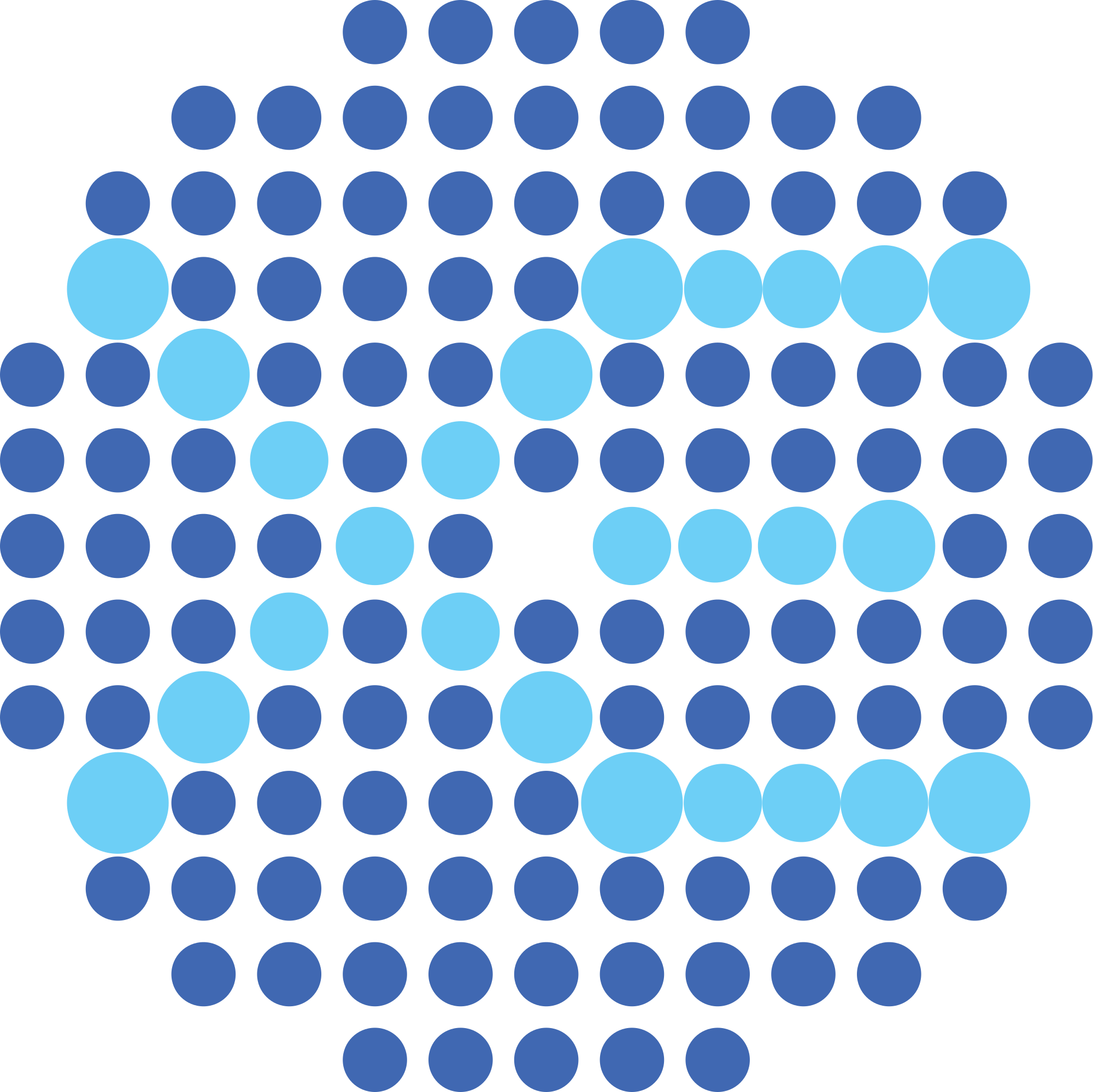The XXXIX International Conference on High Energy Physics (ICHEP2018) was taking place from July 4 – 11, 2018 in Seoul, Korea. After a warm welcome in this modern and traditional metropolis with over 10 million citizens, I was invited to present the recent results from XENON1T in a Dark Matter parallel session.
Here is one slide of my talk visualizing the spatial distribution of the unblinded and de-salted events.

The left plot shows the X- and Y- distribution, while the right plot indicates the radius R versus depth Z for the same set of data. The enlarged fiducial volume of 1.3 tons with respect to the first result, is highlighted by the pink line. For the analysis, a core volume (green line) was defined to distinguish WIMP-like events over neutron-like background events. The different events are visualized by pie charts, where the color code resembles the relative probability from each background component assigned by the best-fit. The larger a pie is, the more “WIMPy” it is. As you can see, only a few “WIMPy” events were found that are comparable to the background model expectations. From this, we derived the most stringent limits on spin-independent WIMP-nucleon cross sections.
At the end of my talk, I also reported on the status of XENONnT, which will feature a 10x higher sensitivity than XENON1T. One main task is radon mitigation, one of the dominant backgrounds, which is visualized in this slide.

In a first step, a careful material selection needs to be made to avoid radon emanation from the start. Then, a new high throughput radon distillation column is under development to further reduce the radon contribution. Additionally, a new custom-made radon-free magnetically-coupled piston pump was built and installed at XENON1T in June 2018. With that, the radon budget in XENON1T was reduced by almost half (45%), which is an important step for the future XENONnT experiment.
The full talk is publicly available here.
